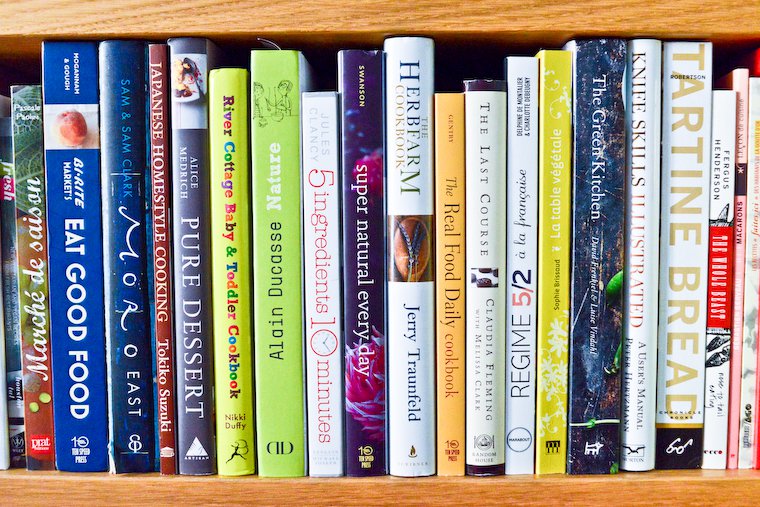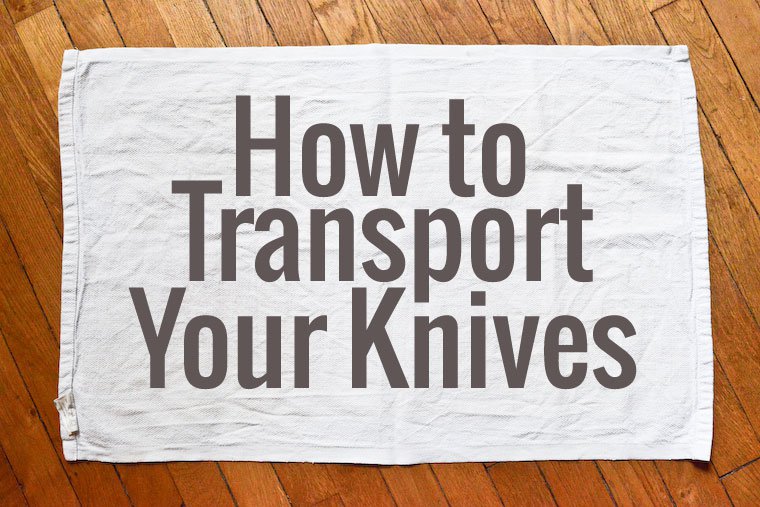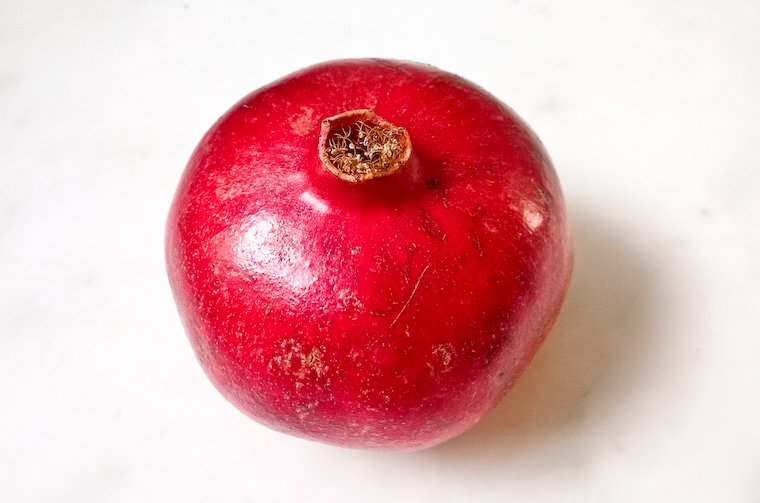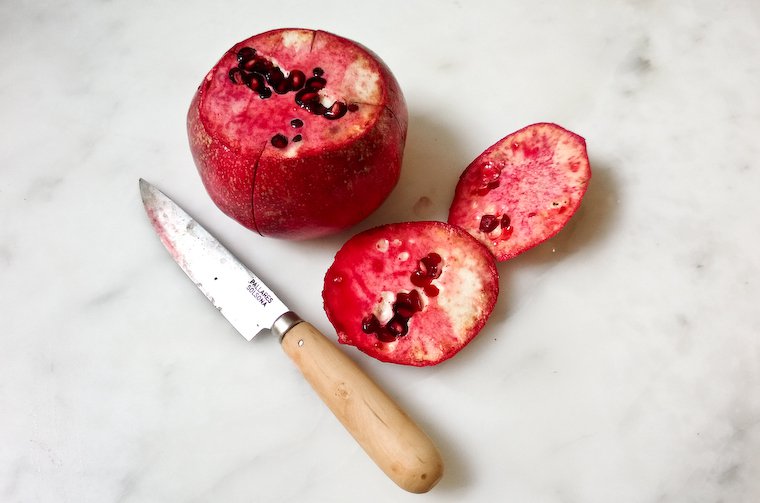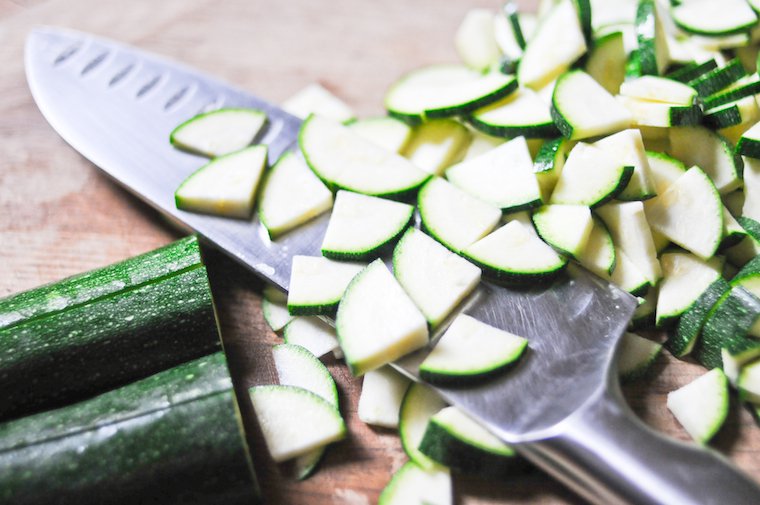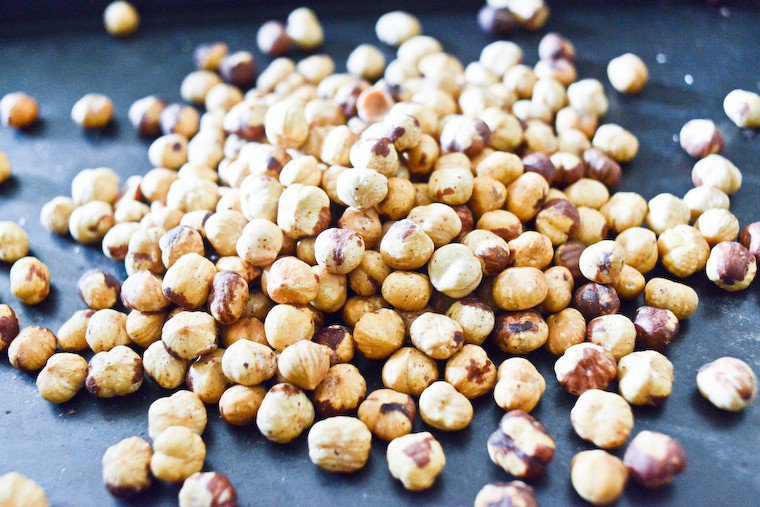I’m sure your cookbook shelves are groaning as heavily as mine, and if I were to ask you how often you cook from them you might look away, embarrassed, and try to change the subject. Especially if your spouse, who regularly comments on the extent of your collection, is within earshot.
It’s not that you don’t want to cook from all these books; you do. It’s just that it’s impossible to remember what’s in them. And however well built their indexes (or indices), it would be pretty cumbersome to open every single one of them to look up, say, “Brussels sprouts” when you come home from the greenmarket on a chilly but sunny Saturday morning.
6 Easy tips to make the most of your cookbooks
It does seem a shame to let so much knowledge and inspiration go untapped, and here are six ways to avoid that:
- Sticky-tab appealing recipes, and regularly leaf through your collection to refresh your memory.
- In each of your cookbooks, list all the recipes you want to try, with page number, on an index card. Place that custom-made index in the front of the book for quick reference. (This also serves as a good decision tool to see whether you should really keep that book.)
- Take photos of (or scan) the recipes you want to try, and keep the image files, grouped together by book or dish type as you prefer, in a dedicated folder on your computer. (I use the application Tiny Scanner on my phone, and generate a separate pdf for each book.)
- Keep a top 10 list of dishes you want to try right here right now, referencing the cookbook(s) they come from. You could maintain a list without setting any kind of limit, but in my experience, the list grows too long and stops being useful.
- Pick a different cookbook every month or so, and challenge yourself to cook X number of recipes from it (make X realistic) before moving on to the next.
- Sign up for Eat Your Books, a cookbook recipe database that lists over 125,000 cookbooks, plus food magazines and blogs (you’ll find an index of C&Z recipes in particular). EYB allows you to replicate your cookbook collection online, so you can run searches for recipes, bookmark the ones you want to try, or have already cooked and enjoyed. It’s a brilliant service, and I’m only sorry it doesn’t cover the French half of my cookbook collection.
Join the conversation!
Tell me how you make the most of your cookbook collection: what’s your system? Do you even have a system? If not, what’s your greatest challenge?
Disclosure: The founder of Eat Your Books, Jane Kelly, converted my trial membership to a complimentary lifetime membership back when I first joined in 2010. When this post first appeared, it was a membership giveaway that I had arranged at my initiative. All opinions expressed are my own.
This post was first published in March 2014 and updated in January 2016.


